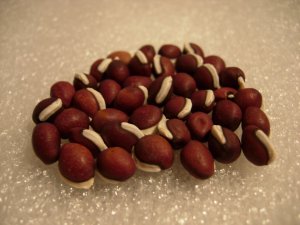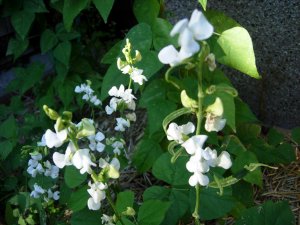- Thread starter
- #531
Blue-Jay
Garden Master
- Joined
- Jan 12, 2013
- Messages
- 3,545
- Reaction score
- 11,343
- Points
- 333
- Location
- Woodstock, Illinois Zone 5
The Big Bean Show - Day #29
This bean is called "Cherry Trout". It started out as an outcross in my garden in 1983, and then I named it and grew it until it was stable. It was a bean that didn't take a long time to stabalize. It is productive and a bush plant that grows without runner.
"Cherry Trout"


